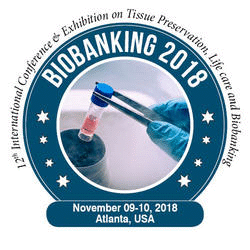
J Koudy Williams
Wake Forest Baptist Medical Center, USA
Title: Optimizing regenerative medicine therapies for differing patient populations
Biography
Biography: J Koudy Williams
Abstract
Regenerative medicine off ers the promise of an unlimited amount of tissue and organ repair and replacement. Great progress has been made in preclinical studies and many applications are now in the clinical stage. Regenerative medicine is beginning to explore the potential eff ects of effi cacy in diff erent patient populations. Th e risk urinary incontinence in women is age and obesity-related and is a chronic disease infl uenced by the sex hormone milieu. It is well known that aging and diabetes reduce the ability of the tissue to regenerate. It also stands to reason that these changes may also infl uence the effi cacy of regenerative medicine approaches to urinary incontinence. In fact, this may explain, in part, why cell therapies for urinary incontinence are so successful in preclinical studies (which historically use younger health animals with acute UI). In contrast, the results of clinical studies in older women with varying body weights, sex hormone status and chronicity of disease. Th is presentation will fi rst review select studies identifying the eff ects of age, gender and hormone status on the ability of cells to stimulate regeneration of tissues. The majority of this presentation will introduce a female non-human primate (NHP) model of induce intrinsic urinary sphincter deficiency (ISD) and then present results of several studies describing the effects of skeletal muscle precursor cell (skMPC) treatment in acute vs. chronic fibrotic ISD; older and younger NHPs and in NHPs with stress-induced dysmenorrhea. Th e presentation will close with the results of recent studies identifying the use of chemokines on sphincter regeneration in this animal model.

